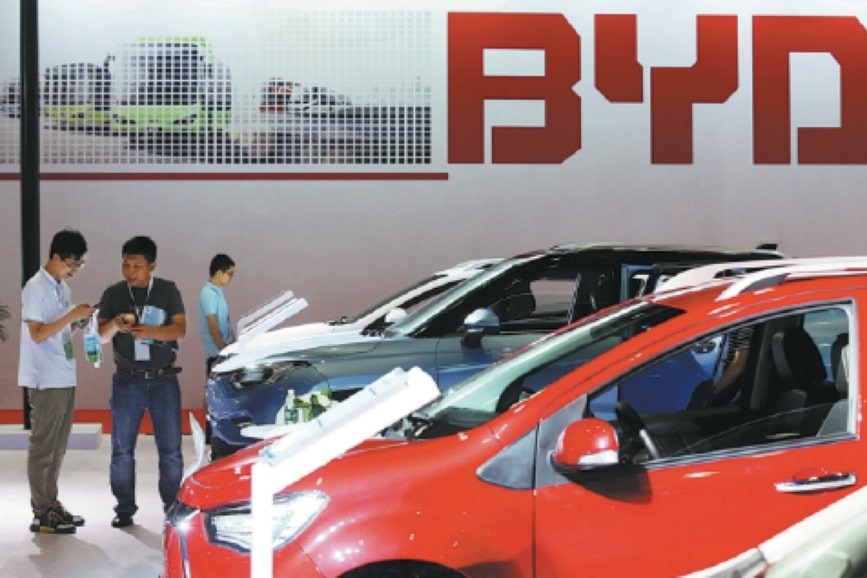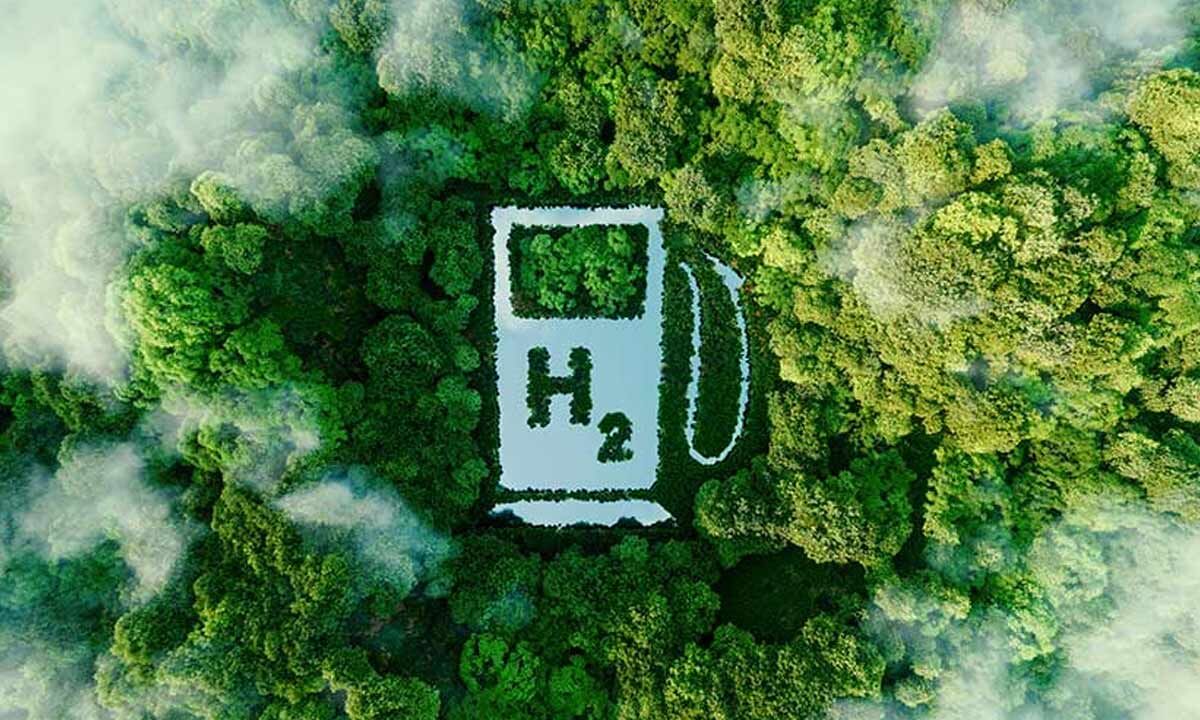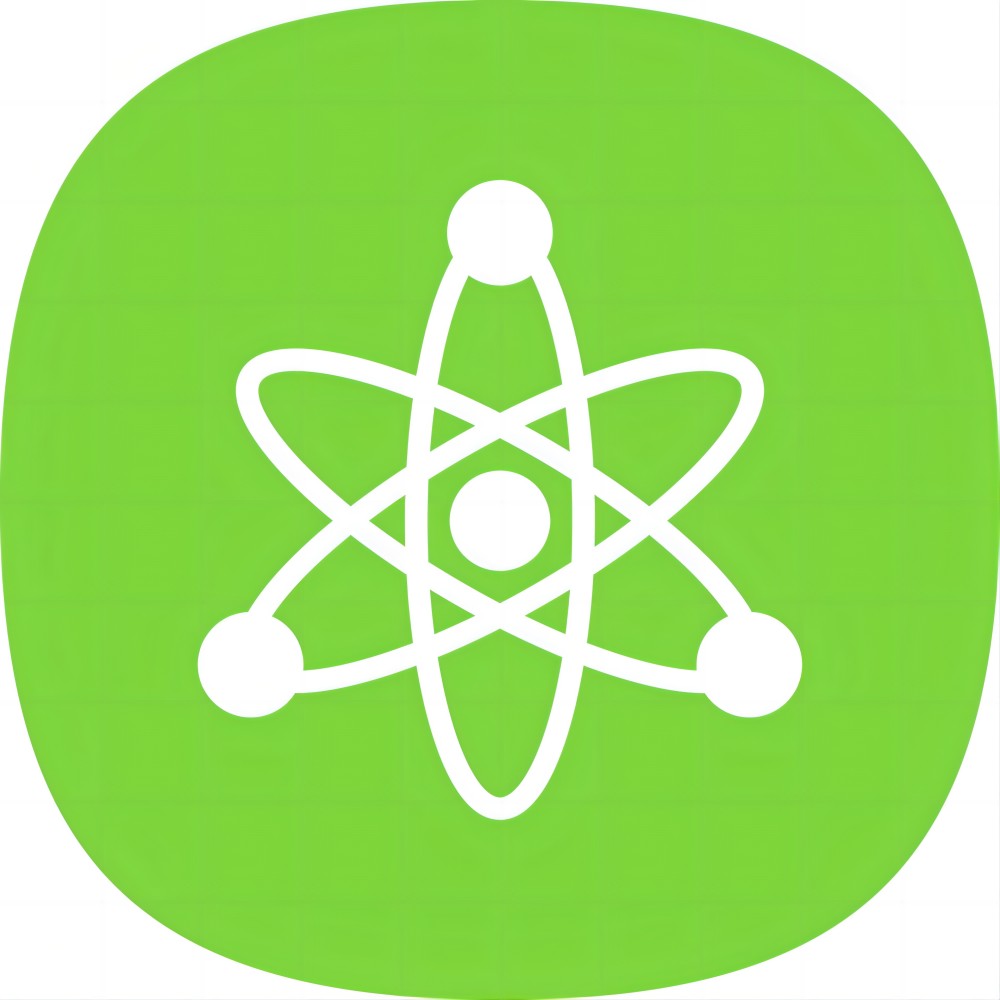Hydrogen Liquefaction Market Poised for Growth
The “Global Hydrogen Liquefaction System Market: Focus on Product Type, Application, and Region – Analysis and Forecast, 2024-2034” report has been added to ResearchAndMarkets.com’s offering. Valued at $4.67 billion in 2024, the market is projected to grow at a CAGR of 7.71%, reaching $9.82 billion by 2034.
Drivers of Market Expansion
The hydrogen liquefaction system market is set for substantial growth, driven by the increasing demand for clean and sustainable energy sources. Liquid hydrogen, a crucial alternative fuel, is particularly in demand in the transportation sector. Government policies globally are promoting green energy adoption and carbon emission reductions, further propelling market growth.
However, the market faces significant challenges, such as the high capital and operating costs associated with hydrogen liquefaction plants. These costs stem from the technological sophistication and complexity required for efficient hydrogen liquefaction. Despite these challenges, technological advancements aimed at improving energy efficiency and reducing costs present opportunities for market expansion.
Innovations and Opportunities
Innovations that enhance the efficiency of liquefaction processes and reduce costs can unlock new applications for liquid hydrogen across various industries. The integration of renewable energy sources with hydrogen liquefaction systems can further minimize carbon emissions. Additionally, developing robust distribution networks for liquid hydrogen is pivotal for influencing market dynamics positively.
Advancements in hydrogen liquefaction technology are critical for scaling the market to meet the growing demand for clean energy applications. Small-scale plants with capacities of up to 3 tons per day (tpd) utilize the Brayton cycle, characterized by low investment costs but higher operating expenses due to lower process efficiency. In contrast, larger plants employ the Claude cycle, achieving higher energy efficiency at the expense of increased initial investment.
Technological Advancements and Market Impact
Significant innovations in the recycle compression system, cryogenic refrigeration loops, and turbine technology are essential for reducing the energy consumption of liquefaction processes. Currently, energy consumption stands at approximately 11.9 kWh per kgH2. The European Union’s IDEALHY project aims to reduce this to a targeted benchmark of 6 kWh per kgH2.
These advancements are crucial for the market’s growth, enabling more efficient and cost-effective hydrogen liquefaction. As technology improves, the hydrogen liquefaction system market is expected to expand its scope, driving further adoption of clean energy solutions.
Conclusion
The hydrogen liquefaction system market is on a robust growth trajectory, driven by increasing clean energy demand and supportive government policies. Despite facing high costs and technological challenges, innovations in efficiency and cost reduction present significant opportunities. With advancements in technology and a focus on integrating renewable energy, the market is poised to play a crucial role in the global shift towards sustainable energy solutions.
For further details, the “Global Hydrogen Liquefaction System Market: Focus on Product Type, Application, and Region – Analysis and Forecast, 2024-2034” report provides comprehensive insights into the market’s future trajectory and potential opportunities.
Source:globenewswire.com





